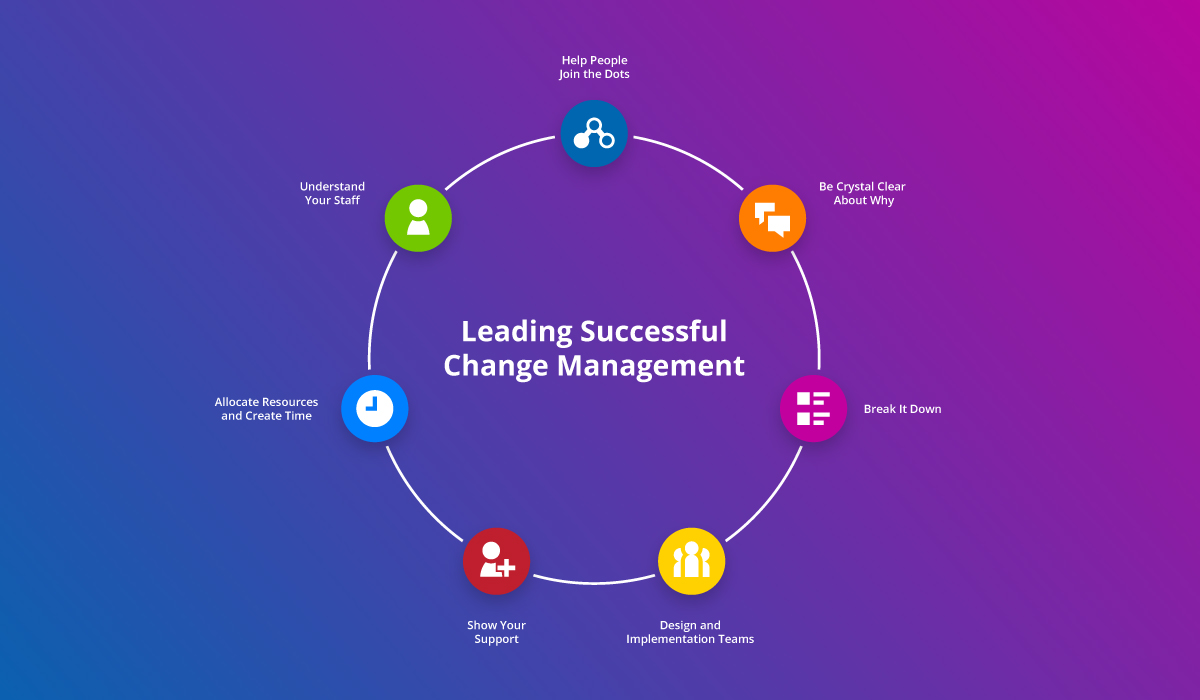“Where’s all my space going!”
Sound familiar to you?
Yes, this can be a predicament for schools using our all-in-one online learning community.
Having everything in one place—your Learning Management System, the communication portal, school intranet and so on— brings many advantages but can sometimes be a challenge for your school’s data storage situation.
You may be one of those people scratching their heads, trying to find another way to resolve the issue—without increasing the cost.
“How do I free up the disk space?”
“What is actually taking up all this disk space?”
“Is the only solution buying more storage space?”
So, we thought we might help you out and give you some easy tips to apply.
How to Manage Your School’s Storage—Without the Additional Cost
There is a way, five in fact. The following five tips are designed to enable you to manage your Schoolbox data storage with ease and maybe even reduce your current costs.
Without further ado, here they are:
1. Restrict your allowed files
As they say, prevention is better than cure and with Schoolbox, you can set maximum file sizes and types. This means you prevent large and unwanted files from being uploaded onto your school’s system and ensure you use your storage wisely. Setting limits on documents, video files and images can ensure your users properly compress files before they are uploaded.
2. Set up your data storage on lower cost disk
Did you know you don’t actually need to set up your storage on a high speed disk? For instance, storage in Schoolbox can be set up on lower cost disk with less speed and throughput. However, remember to keep your system disk on your highest possible speed as this is where we store your database and log files.
3. Manage your backups wisely
You don’t actually need as many full backups as you think you may. Avoid backing up your dev server; only keep data disaster recovery backups for your live environment. If needed, it is always possible to recover deleted data directly in Schoolbox without relying on a backup. By avoiding these backups, you will find your storage space suddenly becomes more available.
4. Use dedicated systems for large archival purposes
Ah, the archive. Yes, definitely good practice to have an archive but it can be draining when it comes to disk space. The solution? Use dedicated systems that take the storage out of Schoolbox. For instance, with video services, you could use clickview, youtube or vimeo. And for document files, use Onedrive or Google Drive.
5. If all else fails, permanently delete files
At the end of the day, you may just have too many files and require a clean up. If this is the case, there is an easy solution—delete. Of course, due diligence is important so if you are taking this route, take time to carefully identify the files you wish to delete via their unique identifier and contact your friendly Schoolbox team member. Remember, there will be no recovery—and if the file is used multiple times, it will be removed from all locations.

By following these five tips, you may start to find you have more Schoolbox storage than you ever thought was possible—without any additional strain on your school’s budget.
Or, if you want to discuss any unique requirements of your school’s system, contact us today!
Want to learn more about effective ways to use your online learning community—check out our other resources:















